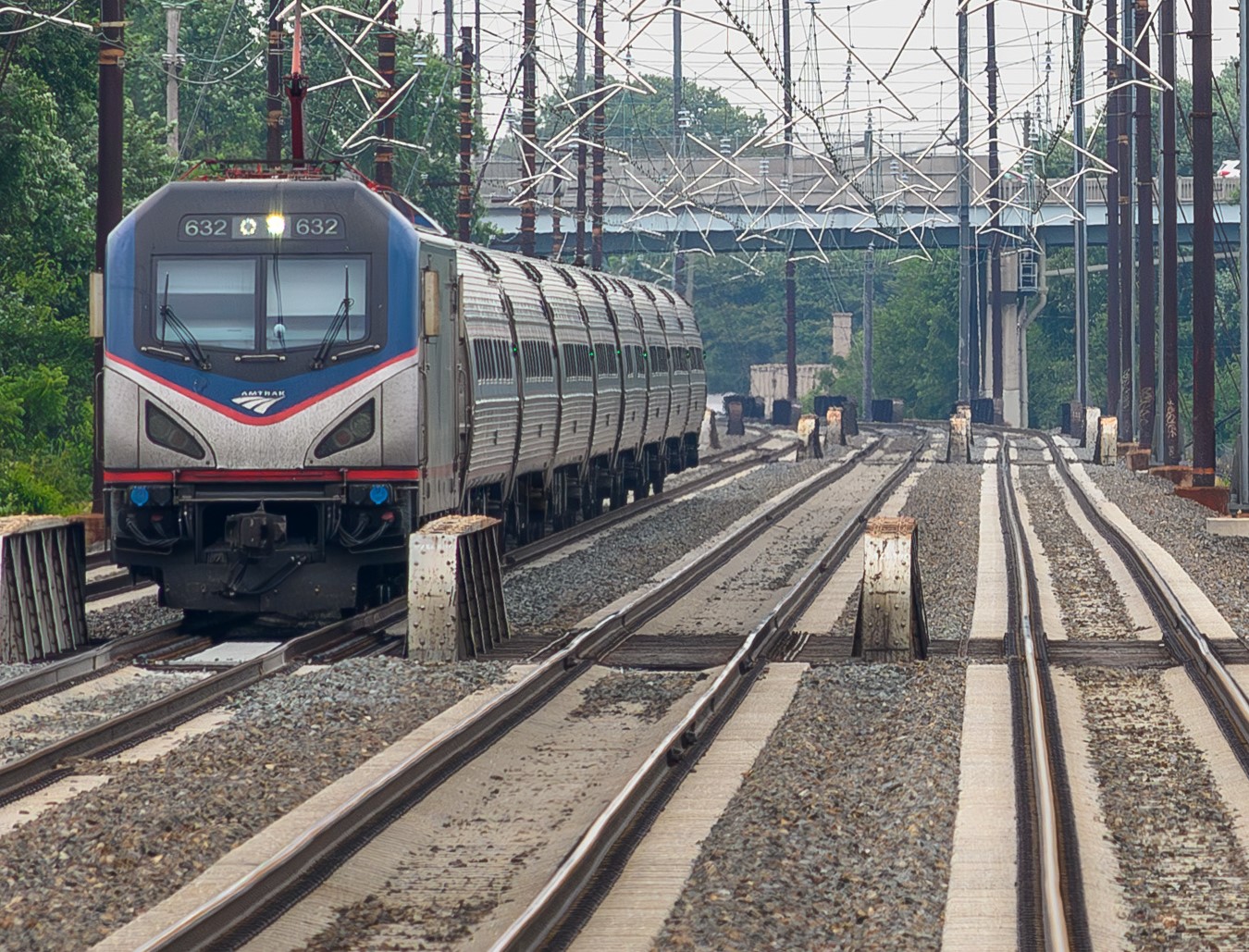
[gmap-embed id=”2024″]
This project was part of the Gateway Development Commission’s Gateway Program, which included numerous critical rail infrastructure projects to update and/or replace aging assets, as well as increase track, tunnel, bridge, and station capacity on a 10-mile segment of the Northeast Corridor. The Hudson Tunnel Project in particular was intended to support the existing level of service at the 110-year-old North River Tunnel, the only intercity passenger rail crossing into New York City from New Jersey, and double the peak hour capacity from 24 to 48 trains per hour. With a program cost of over $16 billion, the Hudson Tunnel Project was anticipated to be one of the largest infrastructure projects in the world.
As a subconsultant, SI Engineering, P.C. (SIE) provided procurement support services. The project involved the development, design, and construction of a new two-tube tunnel connecting New York and New Jersey, as well as ancillary facilities, construction of concrete casing under the Western Hudson Yards in Manhattan, rehabilitation of the existing North River Tunnels, and other projects as necessary to connect the Hudson Tunnel Project with Amtrak’s Northeast Corridor facilities. The scope included ground stabilization of the Hudson River and tunneling and heavy civil work for the Palisades Tunnel, Manhattan Tunnel, and Hudson Tunnel. Additional work included the construction of tunnel fit outs/systems, New Jersey surface alignment, and the construction of a new highway tunnel bridge located at Tonnelle Avenue.
The North River Tunnel operated 425 NJ Transit/Amtrak trains throughout each weekday, providing more than 200 passenger trips daily, and presented reliability challenges due to damage from Hurricane Sandy, overall age, and intensity of its current use. The rehabilitation of the North River Tunnel revolved around addressing these causes of unreliability to bring the tunnel to a good state of repair. The repairs consisted of bench wall and duct bank reconstruction, replacement of the ballast system with a ballast-less track system, installation of new signal / communication / power cables, and replacements of in-tunnel fire and life safety systems to ensure workers’ safety. Overall, the project aimed to decrease service disruptions and make these improvements without interrupting commuter and city-to-city rail service by enhancing the use of existing infrastructure.
